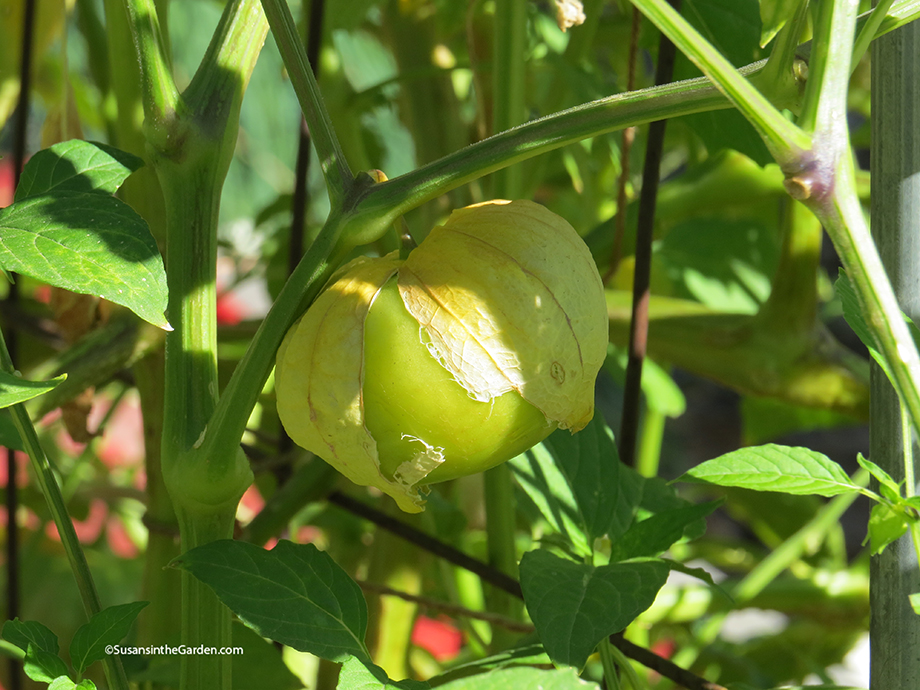How to Grow Tomatillos

Would you like to grow tomatillos in this year’s garden? They’re easier than you might think. Just follow my tips below and you’ll be making fresh salsa verde before you know it!
Latin Name: Physalis philadelphica
Plant Family: Nightshade (Solanaceae)
Warm-season crop
Did You Know?
Tomatillos are also referred to as Mexican husk tomatoes and are related to ground cherries and the ornamental Chinese Lantern plant. They are native to Mexico and Central America, and were a staple of the Mayans and Aztecs. While tomatillos are indeed related to tomatoes, peppers, eggplants and potatoes, they don’t seem to be grown as much as these other crops. Tomatillos are fun to grow and will add a cool factor to your own garden.
Plant Seeds or Seedlings? Sow seeds indoors.
When: Start seeds about 4 weeks before the last anticipated spring frost, and transplant them into the garden about 2 weeks after the last frost.
Days to Germination: 10 to 14 days
Depth to Sow: 1/4 inch
Spacing: Plant seedlings in garden about 24 to 36 inches apart.
Days to Maturity: 75
Cultural Information:
Plant all members of the Nightshade family in different locations each year on a 3-year cycle. This is known as crop rotation and helps reduce or prevent disease and insect problems.
Prior to planting, prepare bed by working compost and bonemeal into the top 3 inches of the soil. Remove the lowest pairs of leaves, then bury seedlings right below the top leaves. This encourages additional root growth along the stem. For good pollination and fruit-set, plant a minimum of two seedlings next to each other. Tomatillos are rarely grown with supports but I find the large plants benefit from stakes or wire supports. The plants do not require additional fertilization.
Susan’s Picks: ‘De Milpa’, ‘Purple’, ‘Toma Verde’
Potential Insect Problems: flea beetle, tomato hornworm
When to Harvest:
Pick tomatillos when their husks are dry and break open, and while the fruits are still firm.
How to Cook & Preserve:
Most folks use tomatillos to make salsa verde (green sauce). This can be eaten fresh or canned for later enjoyment. Refer to a reliable source for different safe canning methods.
My Videos About Growing Tomatillos:
Back to Vegetable Grow Guide Chart
Copyright: Susan Mulvihill, Susan’s in the Garden, SusansintheGarden.com.

